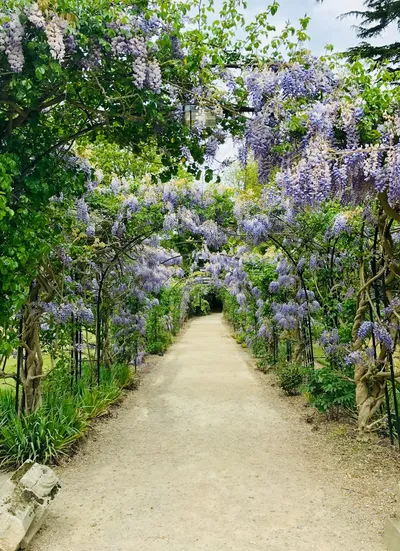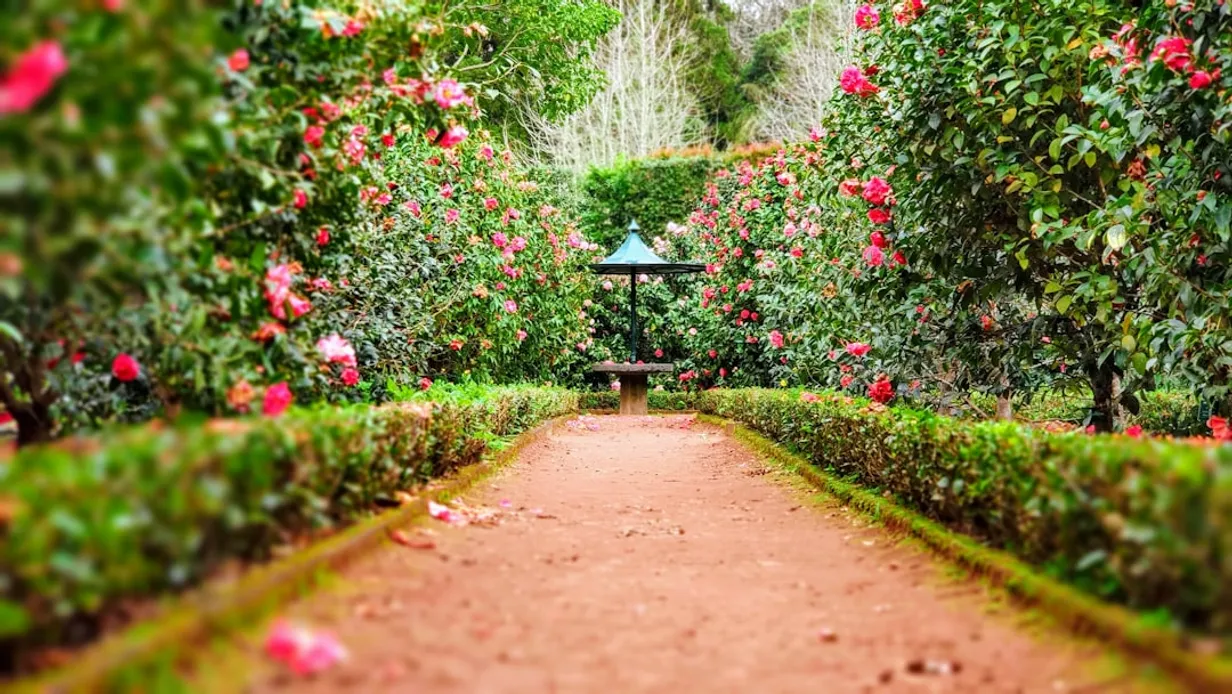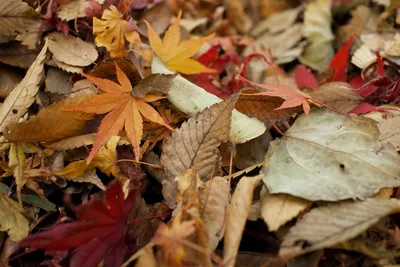Understanding the Importance of Native Plants
Native Australian plants are not only beautiful, but they are also vital for supporting local wildlife and maintaining biodiversity. They are well-suited to the Australian climate and soil, making them more resilient and easier to grow than many exotic plants. Moreover, native plants require less water and fertilizers, making them environmentally and economically friendly.
Benefits of Native Gardens
Creating a native garden offers several advantages:
- Supports Local Wildlife: Native plants provide food and shelter for indigenous birds, insects, and animals, promoting a balanced ecosystem.
- Low Maintenance: Once established, these plants require minimal care, reducing your gardening chores significantly.
- Environmental Conservation: Native plants help maintain the natural landscape and contribute to the conservation of rare and threatened species.
Choosing the Right Native Plants for Your Garden
To create a successful native garden, selecting the right plants is crucial. Consider these factors:
- Local Climate: Choose plants adapted to the specific climate conditions of your area.
- Soil Type: Understanding your soil type will guide you in selecting plants with compatible requirements.
- Sunlight Exposure: Take note of how much sunlight different areas of your garden receive and select plants accordingly.
Popular Native Plants to Consider
Here are some popular native Australian plants that thrive in most gardens:
- Kangaroo Paw (Anigozanthos): Known for its unique, brightly colored flowers, it attracts birds and is drought tolerant.
- Grevillea: Available in various sizes, they produce a burst of nectar-rich flowers.
- Eucalyptus: With over 700 species, there's a Eucalyptus for nearly every garden type.
- Lomandra: Grass-like low-maintenance plants, excellent for erosion control.
Designing and Planting Your Native Garden
Designing a garden that includes a mix of textures, colors, and heights can create visual appeal and ecological diversity. Consider the following tips:
- Layering: Incorporate ground covers, shrubs, and trees to create depth and structure.
- Seasonal Interest: Select plants that offer year-round interest through flowers, foliage, and bark coloration.
- Grouping: Plant species in groups to mimic natural plant communities, which can improve growth and health.
Tips for Successful Planting
Ensure success by following these planting tips:
- Soil Preparation: Improve soil drainage and fertility by adding organic matter and compost.
- Watering: Establish a watering routine to help young plants set roots deeply, but avoid overwatering.
- Mulching: Mulch around plants to retain moisture, suppress weeds, and regulate soil temperature.
Ongoing Care and Maintenance
Maintaining a native garden requires less effort than exotic gardens, but regular checks ensure its health and beauty:
- Pruning: Annual or bi-annual pruning helps shape plants and promote flowering.
- Pest Control: Use eco-friendly methods to manage pests, as native plants support beneficial insects.
- Monitoring Health: Watch for signs of disease or stress, and address them promptly.
Creating and maintaining a native Australian garden not only enhances the beauty of your space but also contributes to supporting the environment by providing a sanctuary for local wildlife.
Popular Gardening & Home Articles
Discover the articles that our readers love most about transforming homes and gardens into lush, relaxing sanctuaries.
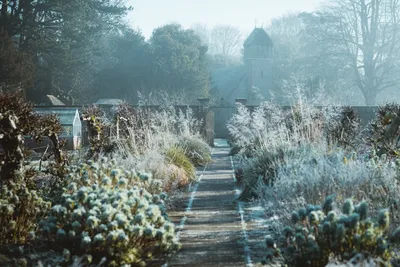
Maximizing Your Australian Winter Garden
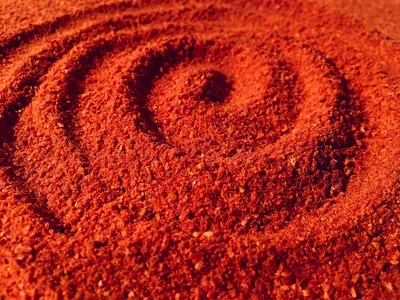
Crafting Your Own Herb Spiral in the Backyard
